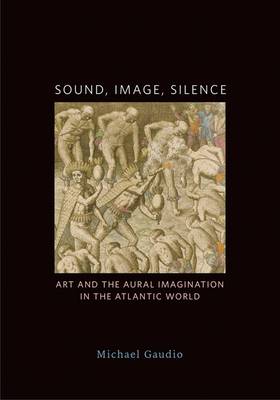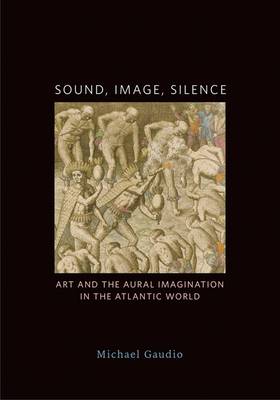
- Retrait gratuit dans votre magasin Club
- 7.000.000 titres dans notre catalogue
- Payer en toute sécurité
- Toujours un magasin près de chez vous
- Retrait gratuit dans votre magasin Club
- 7.000.000 titres dans notre catalogue
- Payer en toute sécurité
- Toujours un magasin près de chez vous
Sound, Image, Silence
Art and the Aural Imagination in the Atlantic World
Michael GaudioDescription
A visionary new approach to the Americas during the age of colonization, made by engaging with the aural aspects of supposedly "silent" images
Colonial depictions of the North and South American landscape and its indigenous inhabitants fundamentally transformed the European imagination--but how did those images reach Europe, and how did they make their impact? In Sound, Image, Silence, noted art historian Michael Gaudio provides a groundbreaking examination of the colonial Americas by exploring the special role that aural imagination played in visible representations of the New World.
Considering a diverse body of images that cover four hundred years of Atlantic history, Sound, Image, Silence addresses an important need within art history: to give hearing its due as a sense that can inform our understanding of images. Gaudio locates the noise of the pagan dance, the discord of battle, the din of revivalist religion, and the sublime sounds of nature in the Americas, such as lightning, thunder, and the waterfall. He invites readers to listen to visual media that seem deceptively couched in silence, offering bold new ideas on how art historians can engage with sound in inherently "mute" media.
Sound, Image, Silence includes readings of Brazilian landscapes by the Dutch painter Frans Post, a London portrait of Benjamin Franklin, Thomas Edison's early Kinetoscope film Sioux Ghost Dance, and the work of Thomas Cole, founder of the Hudson River School of American landscape painting. It masterfully fuses a diversity of work across vast social, cultural, and spatial distances, giving us both a new way of understanding sound in art and a powerful new vision of the New World.
Spécifications
Parties prenantes
- Auteur(s) :
- Editeur:
Contenu
- Nombre de pages :
- 224
- Langue:
- Anglais
Caractéristiques
- EAN:
- 9781517907402
- Date de parution :
- 26-11-19
- Format:
- Livre broché
- Format numérique:
- Trade paperback (VS)
- Dimensions :
- 175 mm x 251 mm
- Poids :
- 480 g







